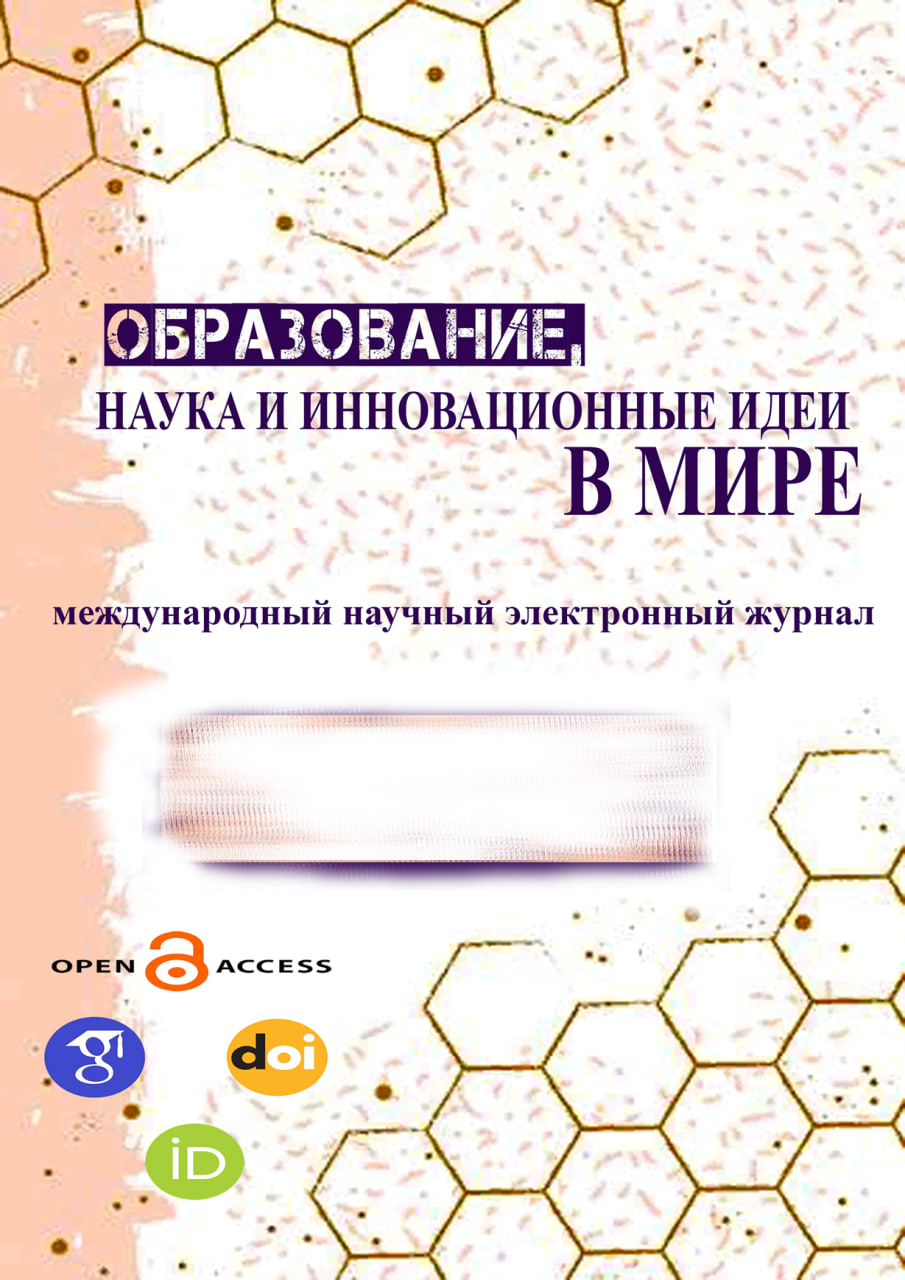ВЗАИМОСВЯЗИ ЛАБОРАТОРНЫХ И ЕЙРОСОНОГРАФИЧЕСКИХ ПОКАЗАТЕЛЕЙ У НОВОРОЖДЕННЫХ С ПЕРИНАТАЛЬНОЙ ЭНЦЕФАЛОПАТИЕЙ
Keywords:
Ключевые слова: новорожденные, факторы риска, перинатальная энцефалопатия, относительный риск, достоверностьAbstract
Целью нашего исследования явилось определение взаимосвязи лабораторных и нейросонографических показателей у новорожденных с перинатальной энцефалопатией. Материалы и методы: обследовано 120 новорождёнными с перинатальном поражением ЦНС средней и тяжёлой степени нарушений: I группу составили 40 новорождённых с перинатальным поражением ЦНС гипоксического генеза средней степени тяжести, во II группу вошли 40 новорождённых с перинатальным поражением ЦНС гипоксического генеза тяжёлой степени тяжести. Результаты: проведенный нами анализ показателей относительного риска (RR) у новорожденных основной и контрольной групп, позволяет сделать заключение, что модифицирующими факторами риска развития перинатальной энцефалопатии средней степени тяжести являются угроза выкидыша, токсикозы, возраст матери старше 35 лет, анемия средней тяжести, острые инфекции верхних дыхательных путей, гинекологическая патология. Нами также установлено, что модифицирующими факторами риска развития перинатальной энцефалопатии тяжелой степени являются мертворождаемость, вредные привычки у отца, близкородственный брак, ожирение, хронические очаги инфекции, острые бактериальные инфекционные заболевания, урогенитальная инфекция.
References
Abdukhakimov B. A. The effect of anti-tuberculosis treatment measures on the functional state of the thyroid gland. Journal of Cardiorespiratory Research. 2020.1(3). 11-18. (in Uzb).
Abdukhakimov B. A. Emotional state of tuberculosis patients and their family members. Innovations in pedagogy and psychology.2021; 4(1). 16-19. (in Uzb).
Adzhablayeva D.N. Main epidemiological indicators of respiratory tuberculosis among children and adolescents in the Samarkand region: the state of the problem and possible ways to resolve it. Universum: medicine and pharmacology. 2014; 9 (10). 2. (in Russ).
Anisimova T.P., Adzhablayeva D.N., Kadyrov I.K., Khodzhaeva S.A., Kim A.A. Analysis of cases of complicated course of tuberculous spondylitis. Academic Journal of Western Siberia. 2013; 9(1). 46-47. (In Russ).
Ashurov A. A., Abdukakimov B. A. Consequences of anti-tuberculosis treatment in patients with thyroid pathology. Academic research in educational sciences. 2022; 3(8). 166-173. (in Uzb).
Ashurov A., Abdukhakimov B. Features of the course of pulmonary tuberculosis in children in combination with helminthiasis. Journal of Cardiorespiratory Research. 2022; 2(3). 69–72. https://doi.org/10.26739.2181-0974-2021-3-13.
Ashurov A.A. The importance of providing palliative care to patients with severe and chronic forms of tuberculosis. Journal of the Doctor's Bulletin. 2020; 2. 52-55. https://doi.org/10.38095/2181-466X-2020942-52-55.
Federal clinical guidelines for the diagnosis and treatment of latent tuberculosis infection in children. – Moscow: ROOI “Human Health”. 2015; 36.
Global tuberculosis report 2023; 978924008385eng.pdf (who.int)
Goletti D. et al. Update on tuberculosis biomarkers: from correlates of risk, to correlates of active disease and of cure from disease. Respirology. 2018; 23(5). 455-466.
Khodzhaeva S., Adzhablayeva D., Mamatova N. Current issues of genital tuberculosis in women and men. The influence of the tuberculosis process on fertility. Journal of the Doctor's Bulletin. 2011; 1(2). 151-153. (In Russ).
Mamatova N. T. et al. The influence of improving mental state on the effectiveness of treatment of women with respiratory tuberculosis. Science and Education. 2023; 4(4). 156-165.




